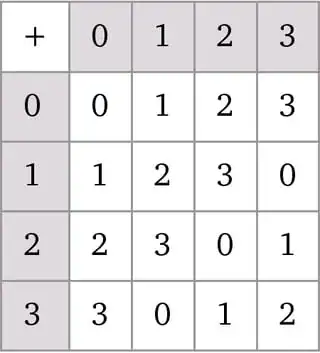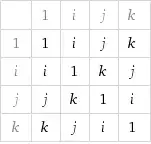As Crostul said in the comment above basically two groups have the same structure if they are isomorphic.
This notion has meaning for structures of the same type, that is for structures that have operations and relations with the same names.
An isomorphism is basically a bijection between the underlying sets of the algebraic structures considered that preserves the structure: in the case of algebraic structures, where the structure is given by operations, a mapping $f \colon A \to B$ is an isomorphism from the structure $A$ into the structure $B$ if and only if for every operation $\sigma$, of arity $n$, the following holds
$$\forall x_1,\dots,x_n \in A\ f(\sigma^A(x_1,\dots,x_n))=\sigma^B(f(x_1),\dots,f(x_n))\ .$$
I denote by $\sigma^A$ the operation $\sigma$ in $A$ and by $\sigma^B$ the corresponding operation in $B$.
To prove that two structure $A$ and $B$ are isomorphic one have to provide a bijective mapping $f \colon A \to B$ that satisfies the condition above for every operation of the underlying structures.
You can think an isomorphism as a dictionary, it renames elements of $A$ with elements of $B$ in such a way that if we perform an operation in $A$ and then translate the result in $B$ or if we first translate the input data and then operate in $B$ we gain the same result.
Examples from the world of groups.
Consider the groups $\mathbb Z/2 \mathbb Z$ and the group of linear applications $\{\text{id},-\text{id}\}$. They are isomorphic via the isomorphism that map $\bar 0$ into $\text{id}$ and $\bar 1$ into $-\text{id}$.
Another example is the group $\mathbb Z$ and the group of integer-translation in $\mathbb R$, they are isomorphic via the map that sends every $n \in \mathbb Z$ into the translation $x \mapsto x+n$.
Of course $\mathbb Z$ and $\mathbb Z/2 \mathbb Z$ aren't isomorphic because there can be no bijection between them, so there can't be any isomorphism either.


